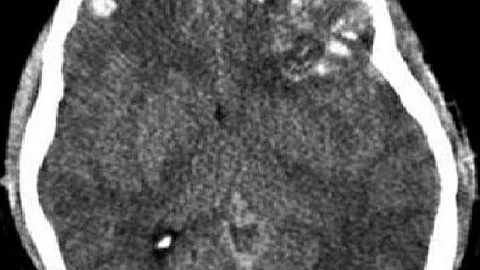

Chronic pain affects approximately 60% of people living with traumatic brain injury (TBI), even up to 30 years after injury, according to new research published in The Journal of Head Trauma Rehabilitation (JHTR), the official journal of the Brain Injury Association of America. The journal is published in the Lippincott portfolio by Wolters Kluwer.
"This is the first study to examine the experience of chronic pain in a large TBI sample this far post-injury," explain Cynthia Harrison-Felix, PhD, FACRM, Co-Project Director of the TBI Model System at Craig Hospital in Englewood, CO, and colleagues.
Leveraging a large research network uncovers a high incidence of chronic pain after TBI
The researchers surveyed patients who were being followed in the TBI Model Systems, a research program that includes the 18 U.S. rehabilitation centers in the study. All 3804 respondents had been hospitalized with moderate to severe TBI.
Most were white (77%) and male (75%), and average time since injury was five years (range, 1–30 years).
The survey informed participants that chronic pain can be defined as "persistent or recurring pain that lasts longer than three months. It includes headaches or pain anywhere in the body, which occurs more than half of the days over a three-month period."
When the study participants were asked specifics about their own pain, the key results were:
46% reported current chronic pain, 14% reported past chronic pain (after TBI), and 40% reported no chronic pain
32.5% of participants with current chronic pain reported constant pain
Compared with participants who reported no chronic pain after TBI or only past chronic pain, those with current chronic pain had significantly worse results on all three outcome measures included in the survey: the Functional Independence Measure motor and cognitive subscores, the Disability Rating Scale, and the Glasgow Outcome Scale–Extended
Medications are the most frequently used treatments
Medications, physical therapy, and home exercise programs were the pain treatments most commonly reported. Medications were used by 91% of participants with current chronic pain and had been used by 90% of those with past chronic pain.
The least frequently reported treatment was comprehensive chronic pain rehabilitation. This finding "suggests there may be an access issue given the proven benefit," Dr. Harrison-Felix’s group notes. Pain treatments known to be effective in other patient populations, such as psychotherapy and biofeedback, were not often reported.
"Chronic pain should be assessed and treated along with other neurocognitive and neurobehavioral disorders such as memory deficits and depression," the researchers conclude. "While we cannot assess the directionality of the relationship between pain and outcomes, the findings indicate that the presence of chronic pain after TBI is far from benign." (SG/Newswise)
